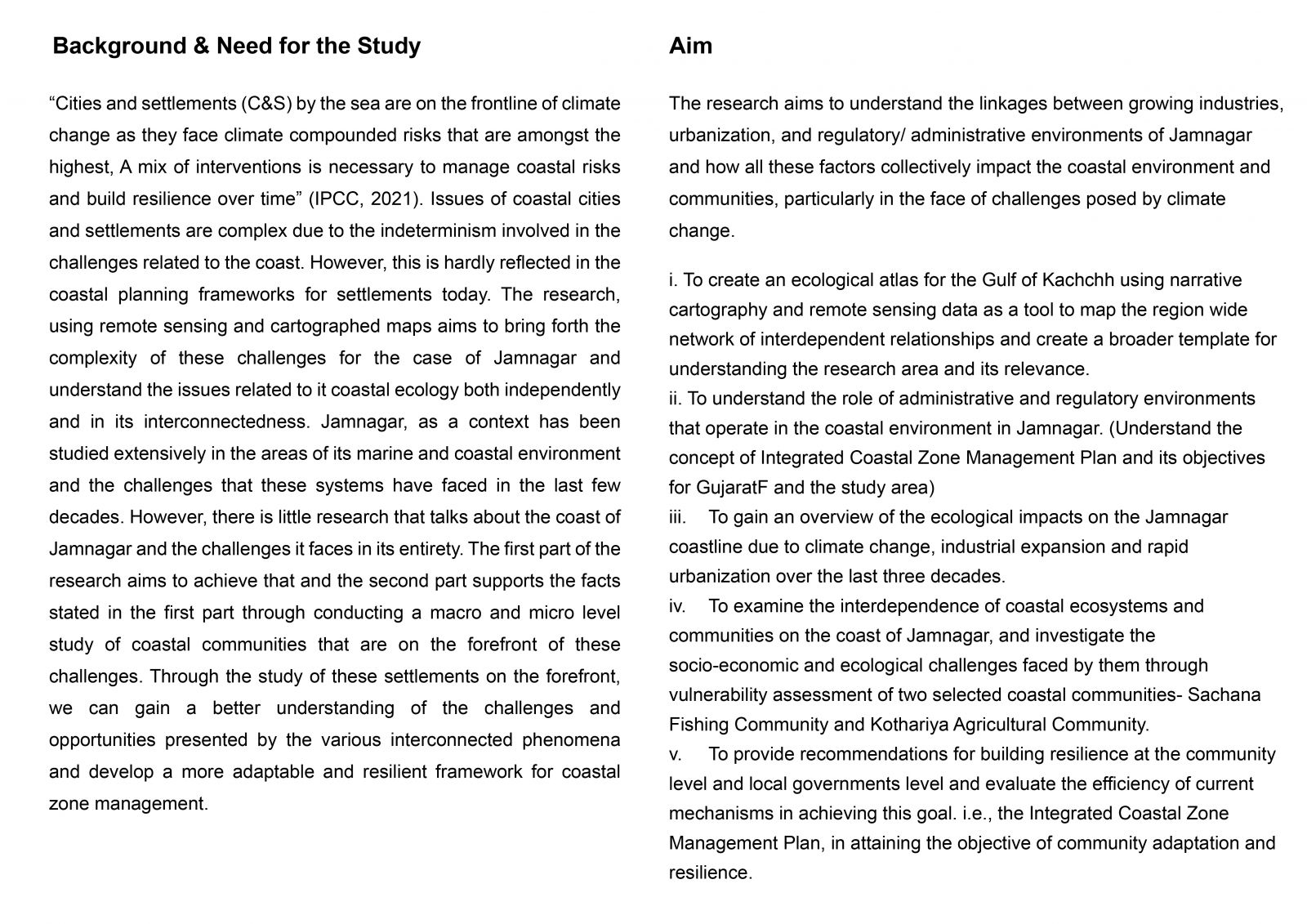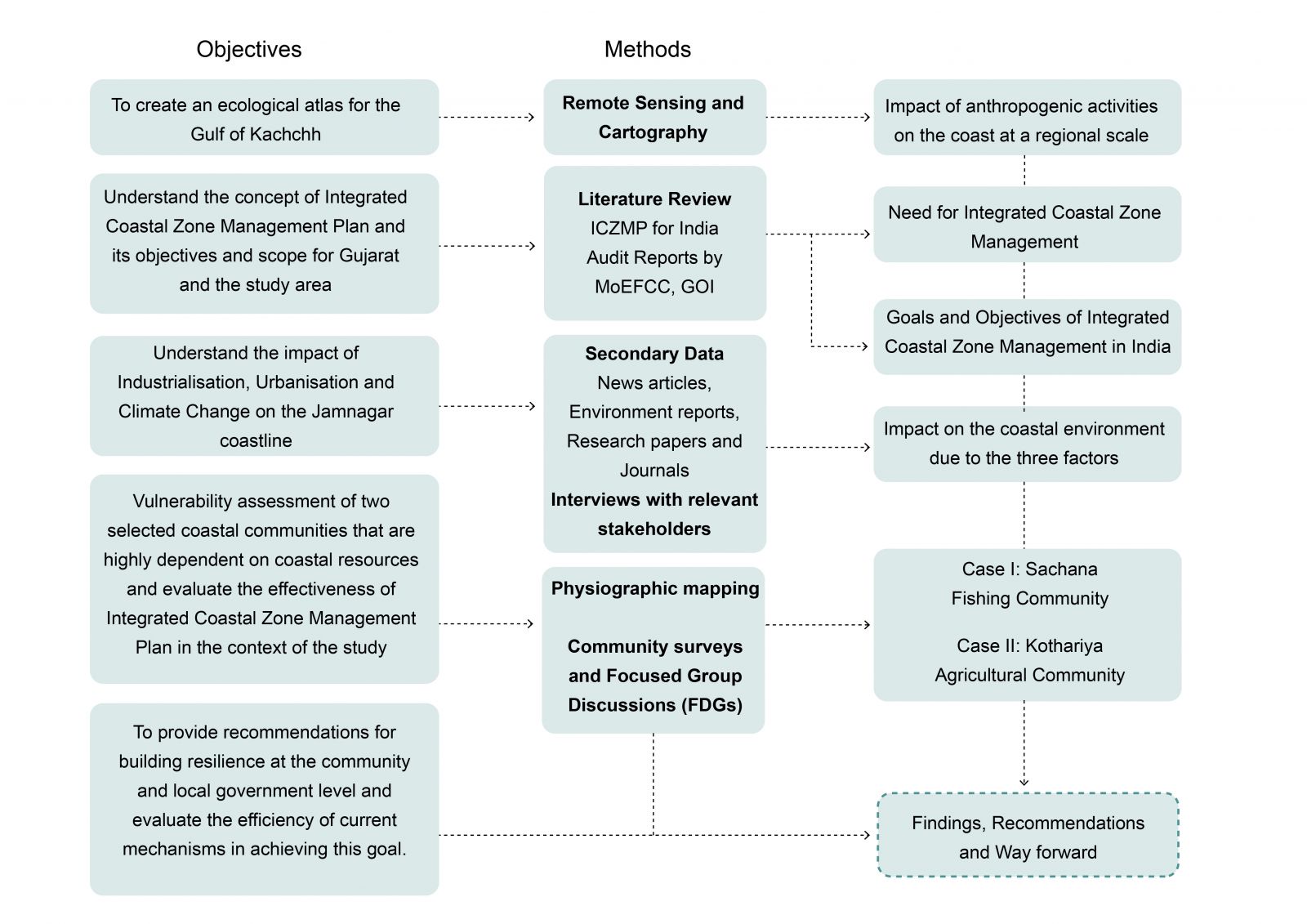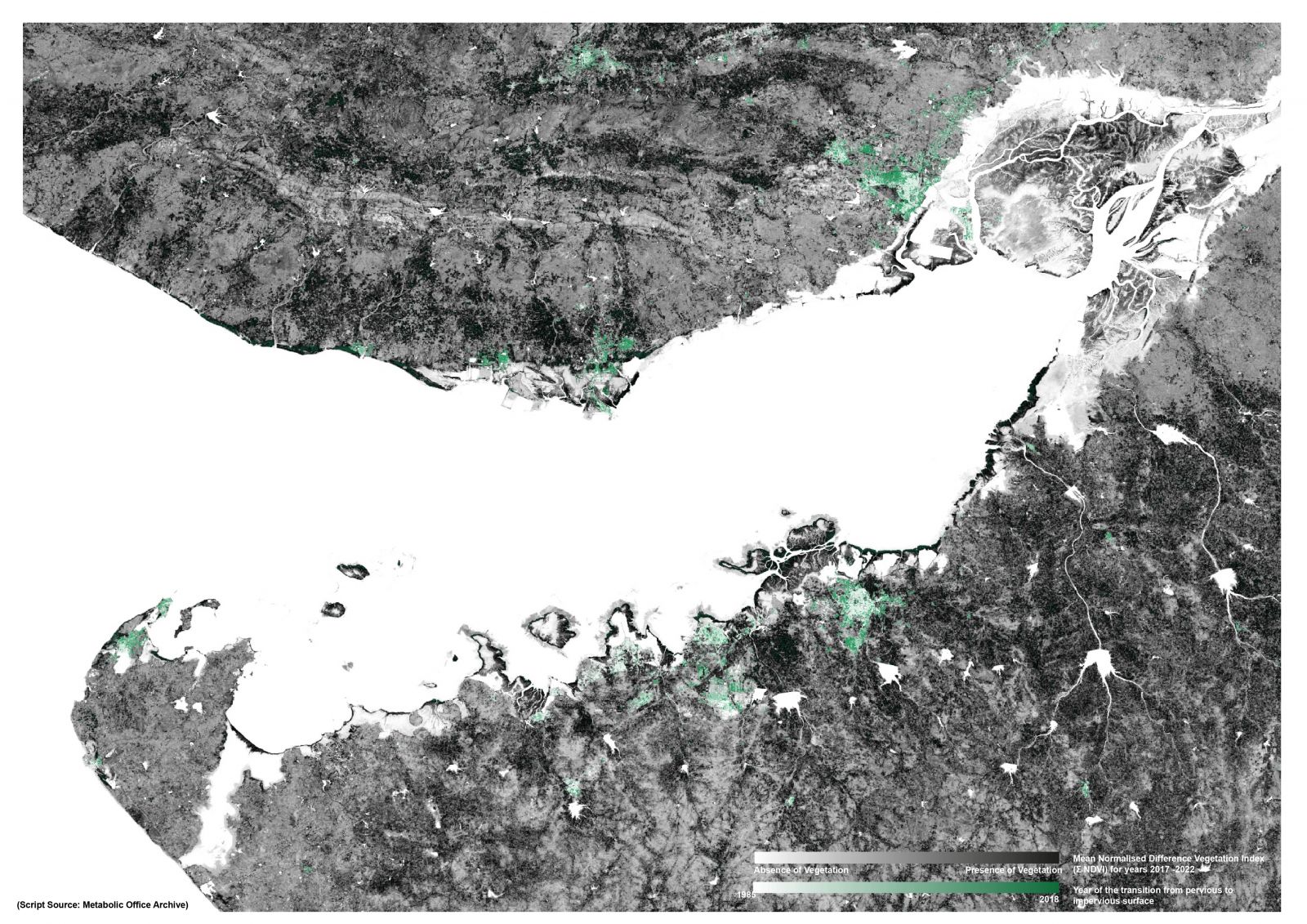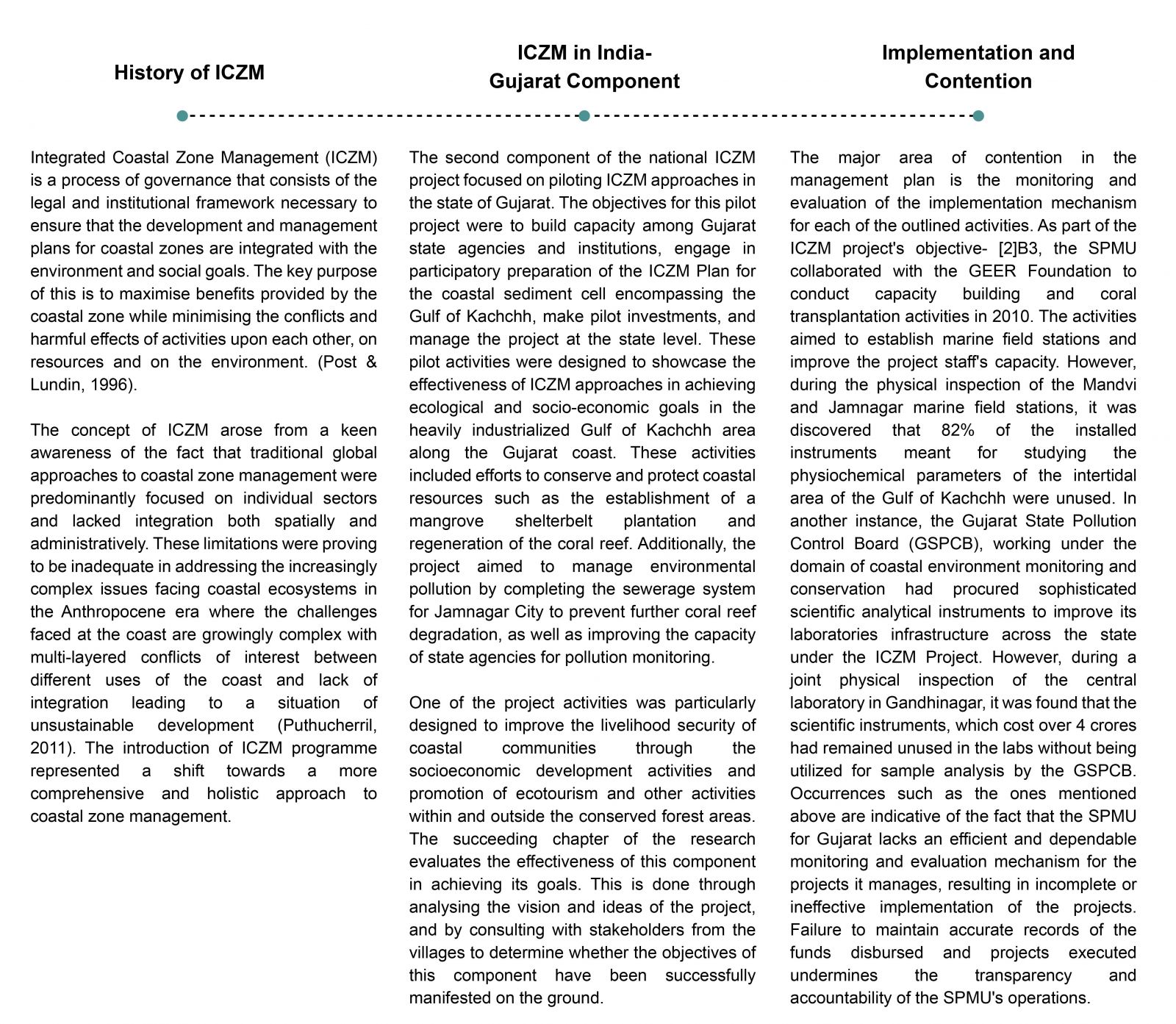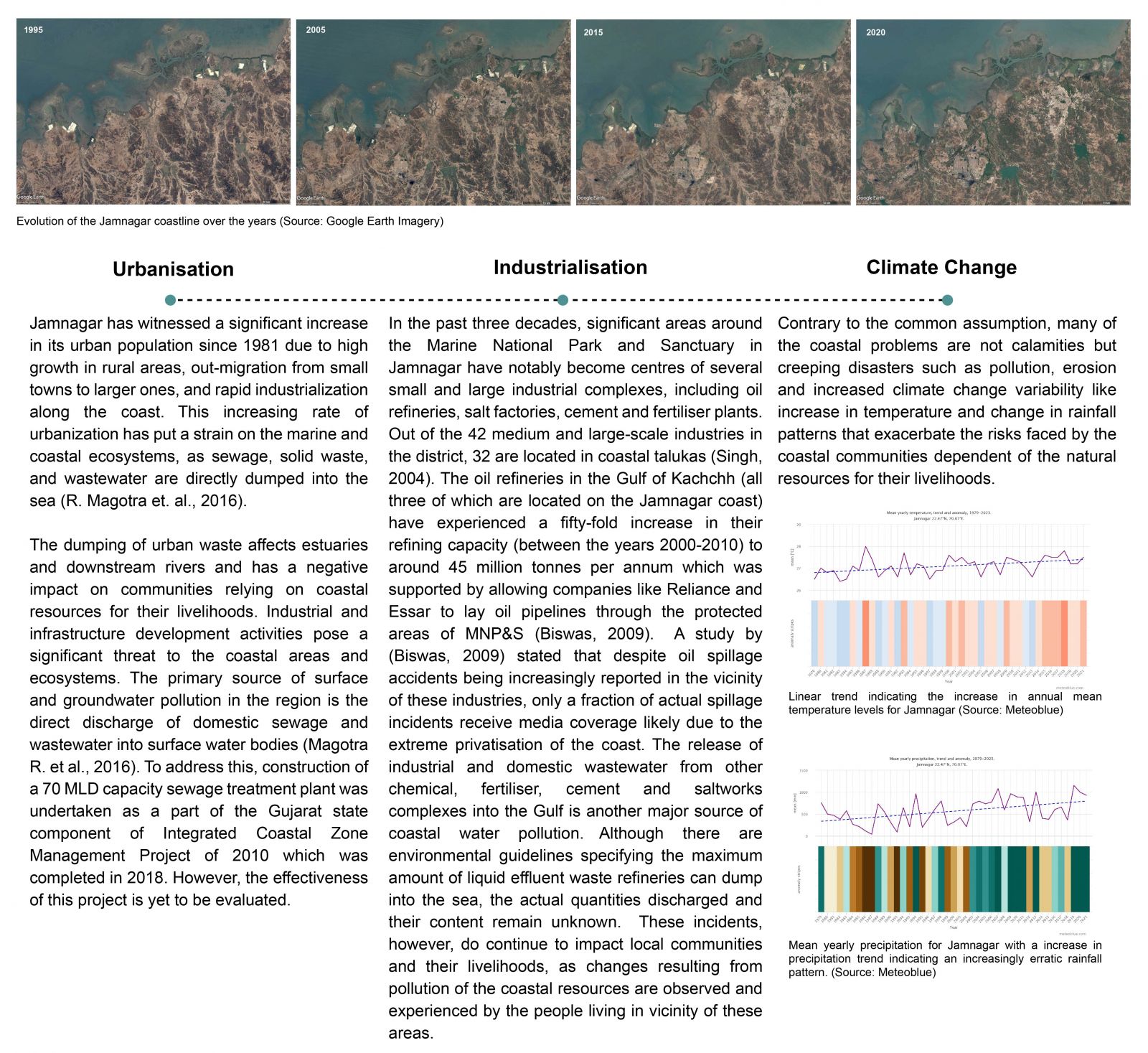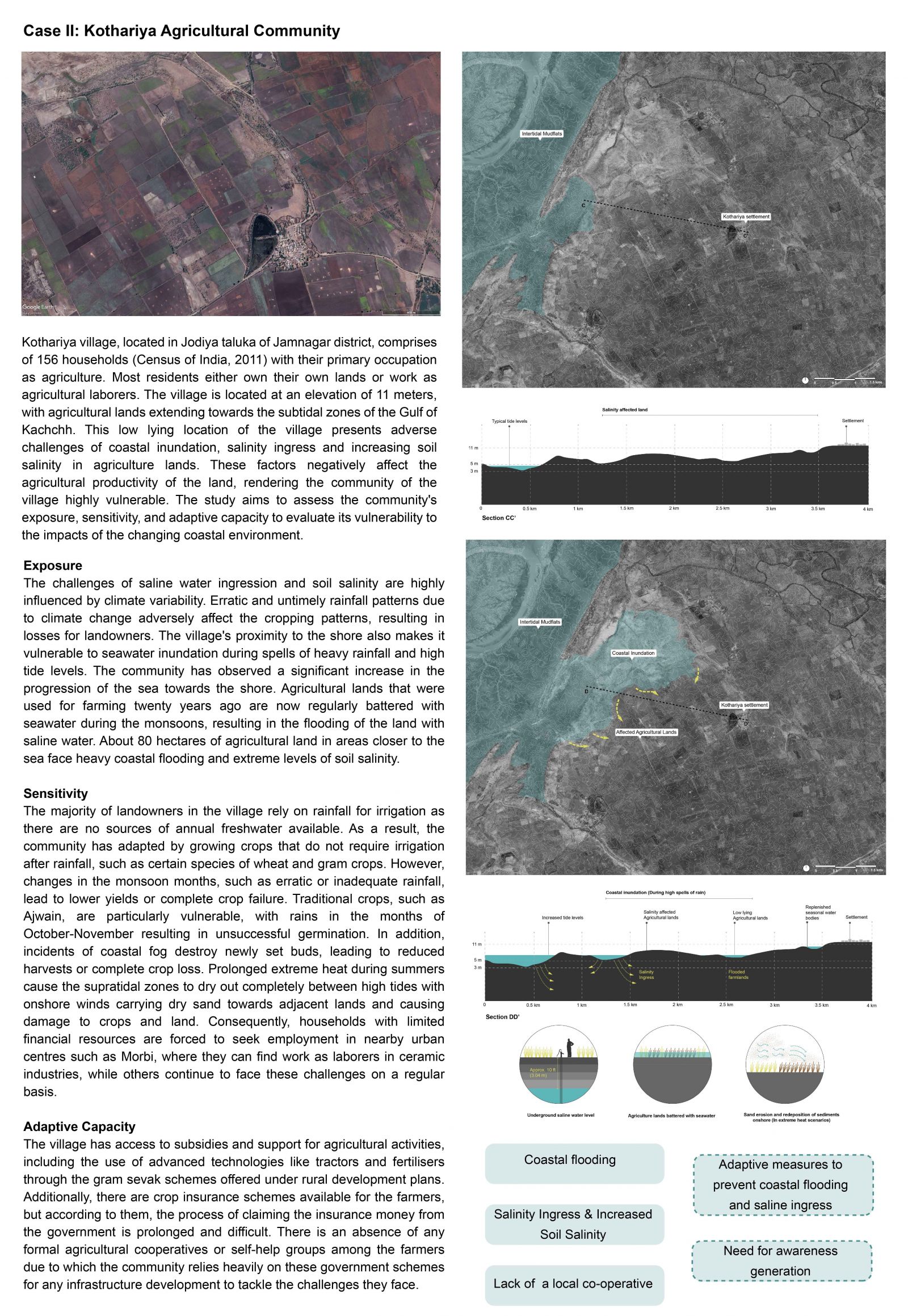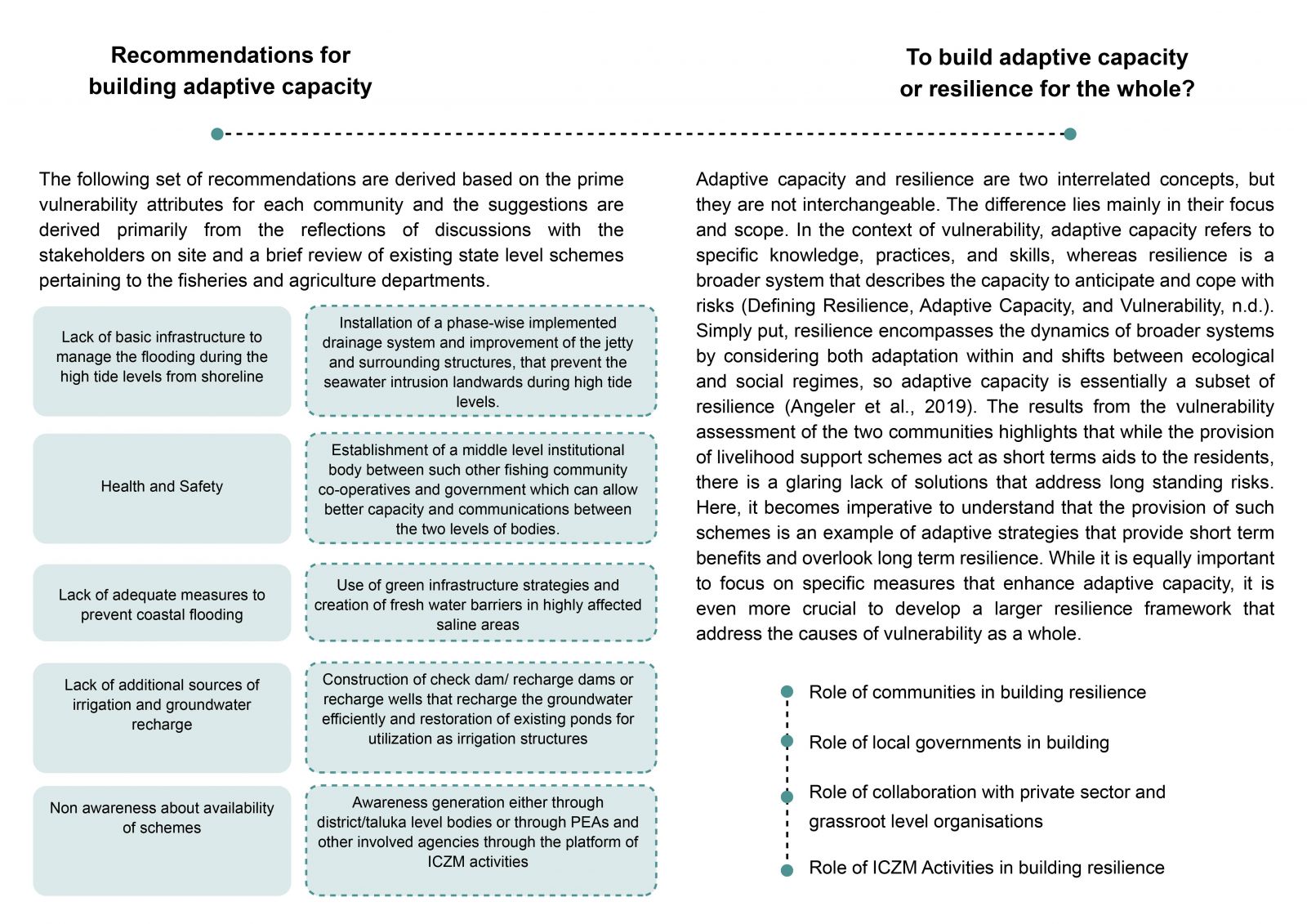Your browser is out-of-date!
For a richer surfing experience on our website, please update your browser. Update my browser now!
For a richer surfing experience on our website, please update your browser. Update my browser now!
Under pressing issues of global climate change, coastal cities and settlements of the Indian peninsula are at a higher risk of facing extreme climate events and related disasters. This is compounded by an increasing pressure of urbanization and industrialization that pose a major threat to its coastal ecologies and communities.
The research focuses its analysis on Jamnagar, which is one of the highly industrialized coastal areas of Gujarat. Jamnagar’s geographical location offers various physiographic and ecological conditions that house fragile ecosystems with rich marine biodiversity. The region has observed increasing levels of urbanization with the onset of industrialization initiated by the establishment of the world’s largest oil refinery in the early 1990s. As a consequence of this rapid urbanization in the following years and due to adverse effects of climate change, today Jamnagar faces various challenges of depleting groundwater table, increasing soil salinity, scarcity of potable water resources, frequent flooding, erratic cropping seasons, loss of biodiversity, industrial and urban effluent release, coastal oil spillage among several others that have significant repercussions on the surrounding settlements and ecology (Roy & Sharma, 2015).
The research aims to understand these linkages between growing industries, urbanization, coastal ecology, and the management environments that control the operational space. To achieve this, the study starts by establishing a framework for understanding ecological changes and their associated social impacts in the Gulf of Kachchh. Furthermore, it examines the role of the Integrated Coastal Zone Management Plan in governing these environments and investigates areas of contention to assess its implementation efficacy. Adopting a two-staged perspective, the research seeks to understand the vulnerability of the coastal environment in Jamnagar at both the district and community levels through an ecological lens. To analyse these findings at the community level, a vulnerability assessment is conducted for two communities: Sachana, a fishing village, and Kothariya, an agricultural village; both of which are heavily reliant on coastal resources. The study findings reveal that the agricultural community is more vulnerable to these challenges compared to the fishing community. The reasons for this disparity are discussed and linked to various factors that contribute to each community's adaptive capacity. Finally, the research concludes by providing case-specific suggestions for enhancing adaptive capacity and recommendations for building community resilience through different levels of governance.
